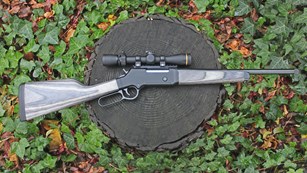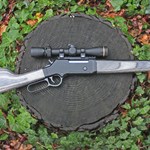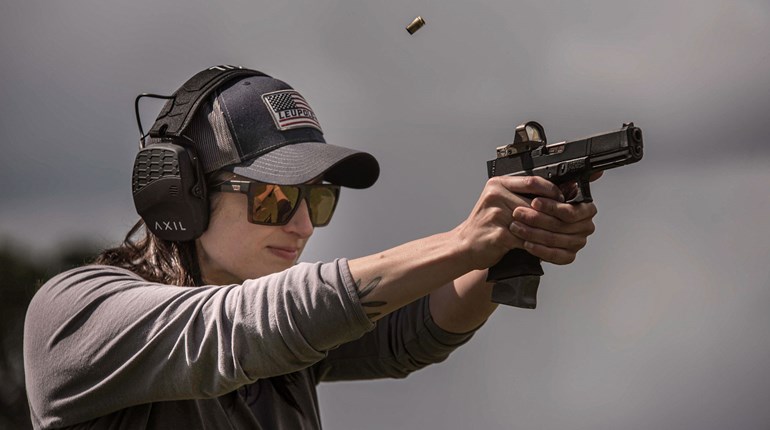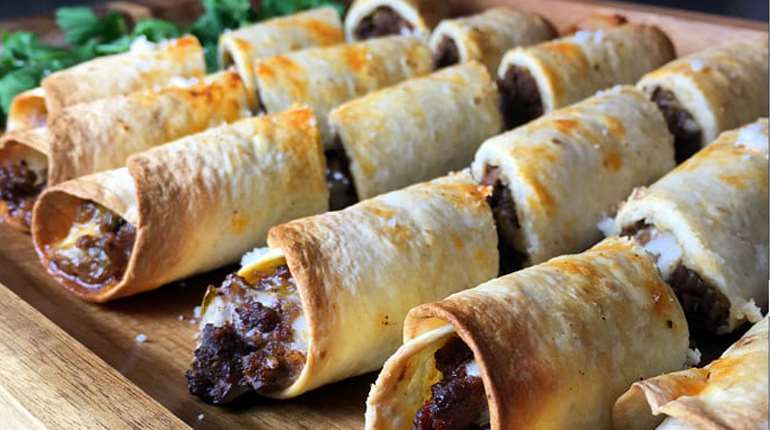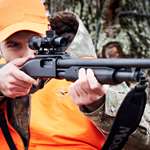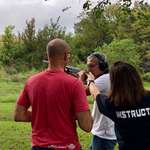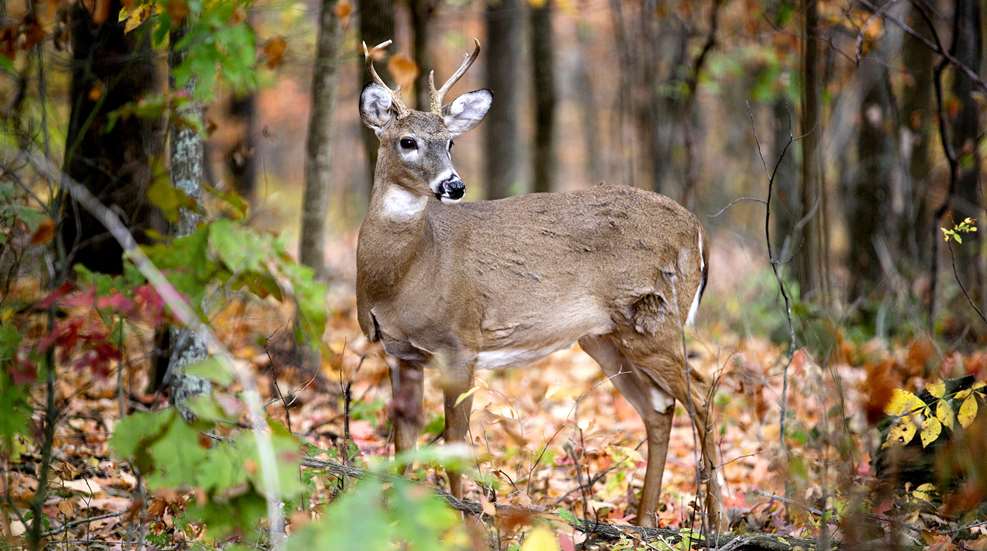
This happens more than you might think: A hunter is in the woods waiting on a big buck to show up, when a smaller-but-still-legal buck comes hobbling into view, obviously injured. If this happens to you, what do you do?
As far as we know, there are no laws that govern this situation, so this is purely an ethical dilemma. As such, there’s not really a right and a wrong answer, so you’ll have to just decide what feels right to you in the moment. You’ll want to consider several factors:
Does the injury look very recent? If the deer has a new or even a bleeding wound, indicating it was just shot by another hunter, take stock of where you are and how likely it is that the person who shot the deer is about to come by following the blood trail. I’m not big on shooting “someone else’s” deer, but if you’re on private land and you know no one else is likely to catch up to this deer, you might consider dispatching it out of mercy and to avoid letting the meat go to waste.
How severe does the injury look? You’ll have to evaluate how the injury you’re observing might affect the animal’s quality of life. Deer are remarkably resilient creatures, but because they are a prey species, any injury that slows them down considerably will leave them more vulnerable to predators. An injury to the face that leaves them unable to eat will lead to a terrible death by starvation. On the other hand, if it looks like a minor limp or something less significant, the animal might have been living with it for a long time and might continue to live a relatively normal life.
How many tags do you have? OK, not to be crass, but if you are only allowed to shoot one buck all season, let’s be honest: That’s going to at least cross your mind when you’re evaluating whether to spend your one and only tag on a small buck you wouldn’t normally shoot. This goes double if you’re on an out-of-state trip or hunting in a once-in-a-lifetime location.
What other deer are around? If you have multiple tags, you still want to consider the circumstances and what else you can expect to see that day. If you’re hunting in a location where you’re lucky to see any deer at all, this might be your only chance today or this week or this season. Remember that shooting anything, whether it’s a doe or a coyote or an injured buck, is probably going to render your particular location done for the day. If you’re in big-buck heaven or if you’ve been hunting one specific buck all season and you know he’s been coming by this spot just before dark most days, do you want to bugger up your chances by killing something out of that stand in mid-afternoon?
Can you sleep well tonight? This is what it comes down to, really. Some of us are “let nature take its course” people who accept that nature is incredibly harsh, and we’ve made peace with the harshness. Others of us wouldn’t be able to sleep at night if we thought an animal might be suffering because we declined to do anything about it. Both outlooks are OK. I have no data on this, but I suspect that most of us are going to take the shot most of the time, because we feel it’s the compassionate thing to do.
One more note that’s not really a question, but something you should know: A deer with an injury that causes an infection might mean the meat is not edible. This happened to us several years ago when my daughter, hunting in one of those spots where you’re lucky to see a deer or two all day, shot a small buck that had several inches of broken-off arrow sticking out of its shoulder. The deer walked fine, but upon field-dressing it, we found a huge area of gross, oozy infection. All the information online says if you cut the area surrounding the infection out, the rest of the animal is “probably” or “generally” or “most of the time” considered “pretty safe to eat.” All those qualifiers, combined with the size of the infection, didn’t give us confidence, and we let the coyotes have all the meat.
There’s not much of a way to know until you start butchering, but it’s a possibility that the meat from an injured animal might not be edible. If you’ve got one tag for the year and filling your freezer is a big priority, this is another factor to keep in mind when you’re deciding whether or not to hang that tag on an injured animal.










